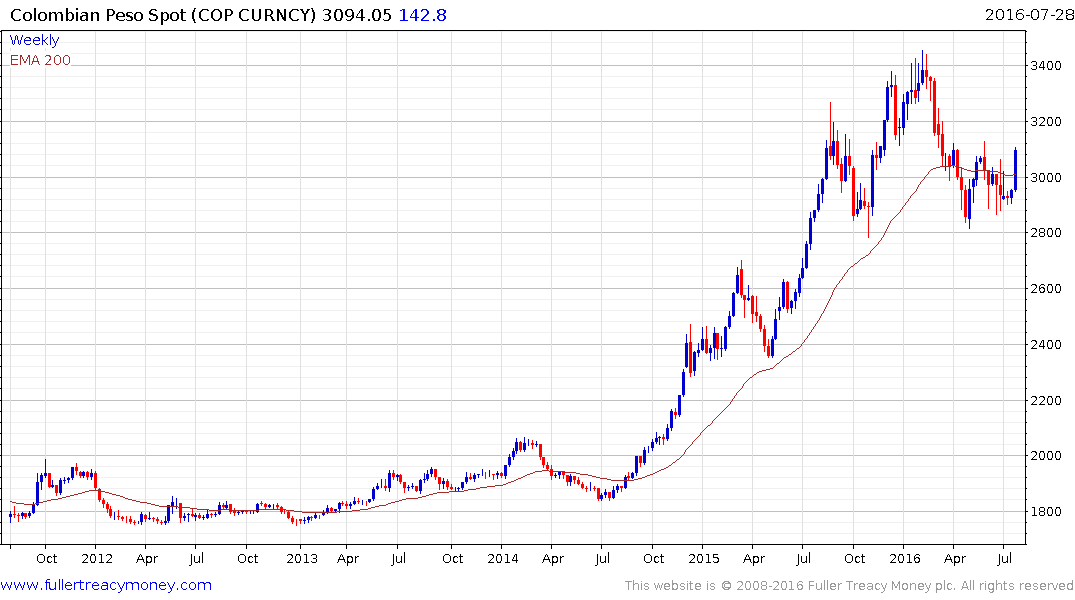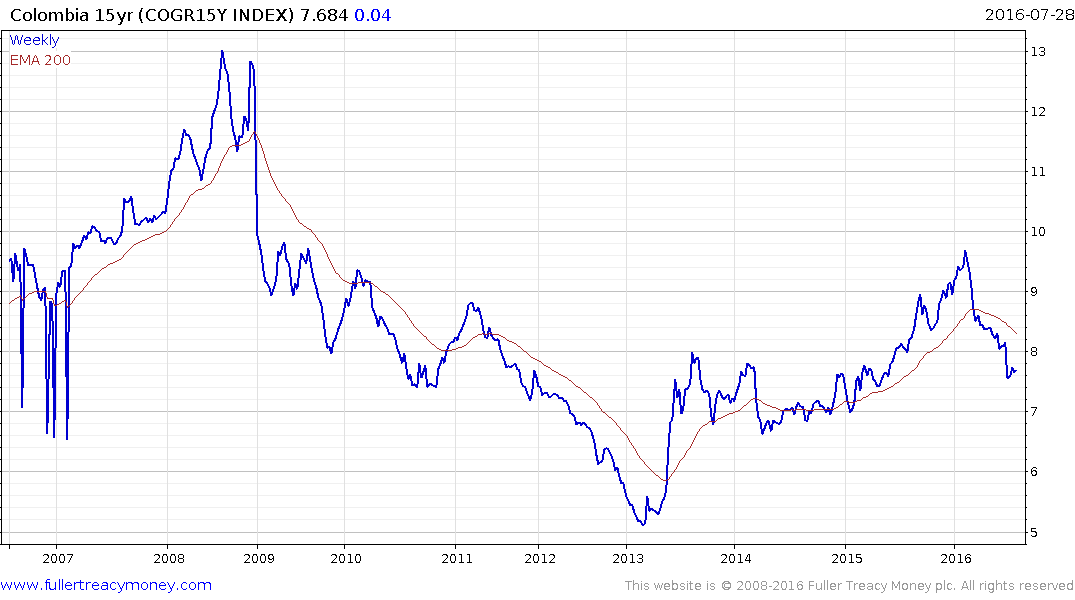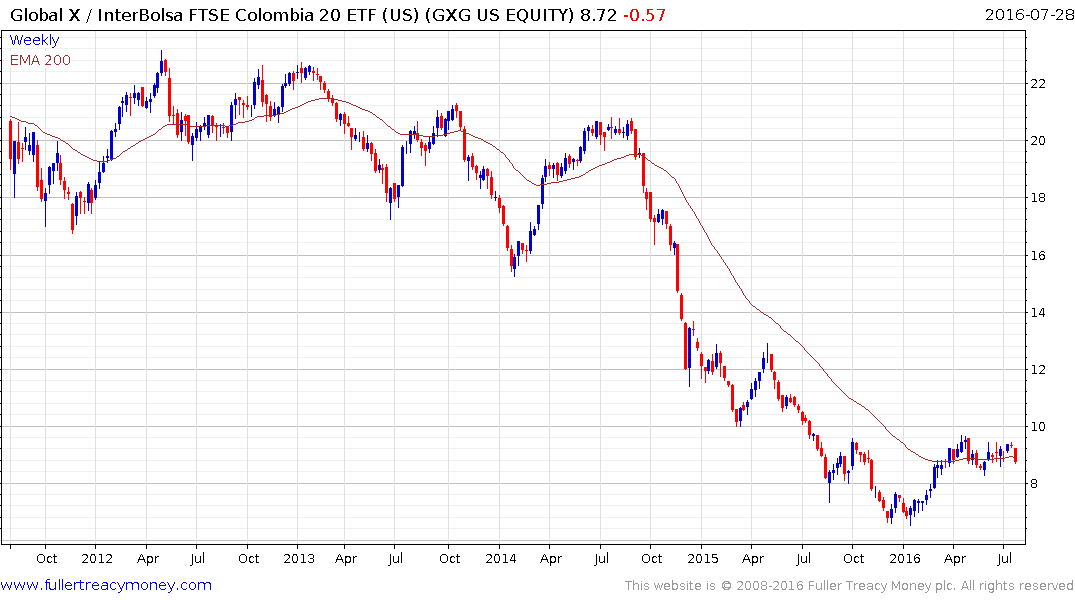Colombia Is Charting a New Path Forward After a Brutal Civil War
This article by Jean Friedman-Rudovsky for Bloomberg may be of interest to subscribers. Here is a section:
There’s also politics. What set the stage for the peace negotiations was, in part, the creation of the office of land restitution. The nation has always had a drastically unequal distribution of land, and displacement exacerbated that trend. Today, less than 1 percent of the Colombian population owns more than 60 percent of the land, one of the world’s most inequitable ratios. When the government showed a willingness to address this issue, FARC came to the negotiating table.
The government now says that giving back their land may make its citizens less restless, less inclined to support radical forces. This stability would help attract foreign investment. Unlike other Latin American countries, Colombia has been a loyal U.S. ally and reliably market-friendly. “What’s held back development has been the security situation. The war made many parts of the country ungovernable and, thereby, untapped,” Colgate University’s Ballvé says. With a peace agreement forthcoming, that will change. “The country has vast mineral and oil reserves in areas that will be newly coming online—in part, thanks to initiatives like the land restitution program.”
Although land restitution is key to long-term stability, it’s causing turmoil in the short term. Leading international human-rights organizations have documented intimidation campaigns targeted at those trying to return home. Families going back to their land have received death threats, and in 2015, 105 activist leaders were killed, a 35 percent increase from the previous year. Judges who issue land restitution decisions are given personal security details, says Sabogal, the director of the government office. Colombia’s landed elite used to employ right-wing paramilitaries to enforce their claims. Now they’re colluding with drug trafficking groups.
The evolution of chemically based narcotics such as fentanyl might be the best news to hit countries like Peru and Colombia in years. The cultivation of coca for processing into cocaine helped fuel civil unrest and funded rebel groups like FARC. With the increasingly legal availability of cannabis and the ability of Mexican cartels to manufacture both opioids methamphetamines the market for cocaine must be evolving.

Peace, particularly after a long conflict is by definition a sign of improving governance. The US Dollar hit a medium-term peak against the Colombian Peso in January and pulled back to test its 2015 lows and the region of the trend mean. It surged this week on news that Fitch revised its outlook on Colombia’s rating to negative watch on the basis that the country needs more tax income if it is to pay for the raft of additional spending undertaken to foment peace.

Despite the outlook revision Colombia 15-year yields continue contract.

The Global X/InterBolsa FTSE Colombia 20 ETF has been ranging in the region of the trend mean since April and will need to hold the $8 area if potential for higher to lateral ranging is to be given the benefit of the doubt.


